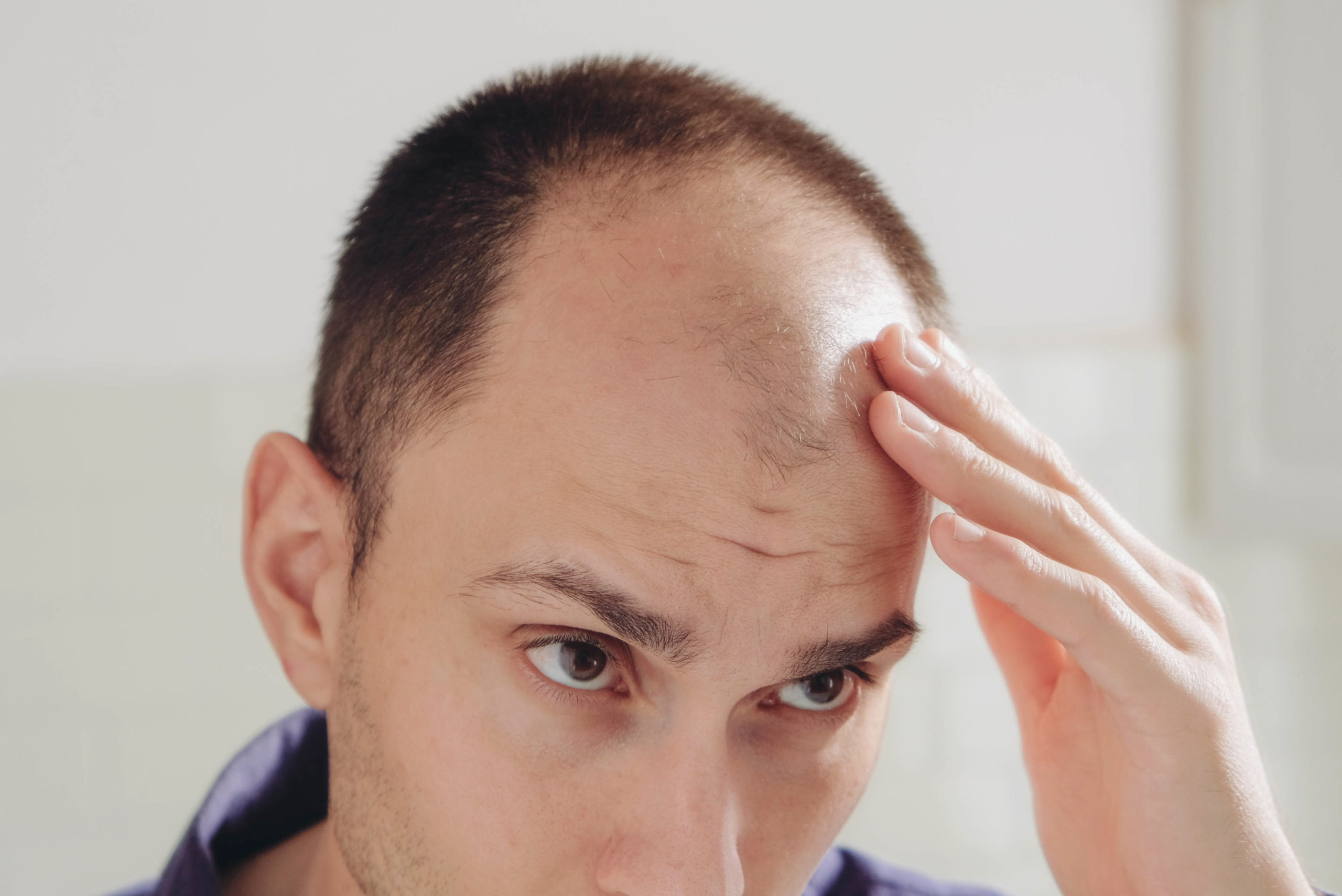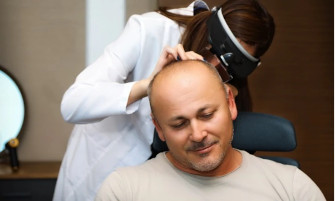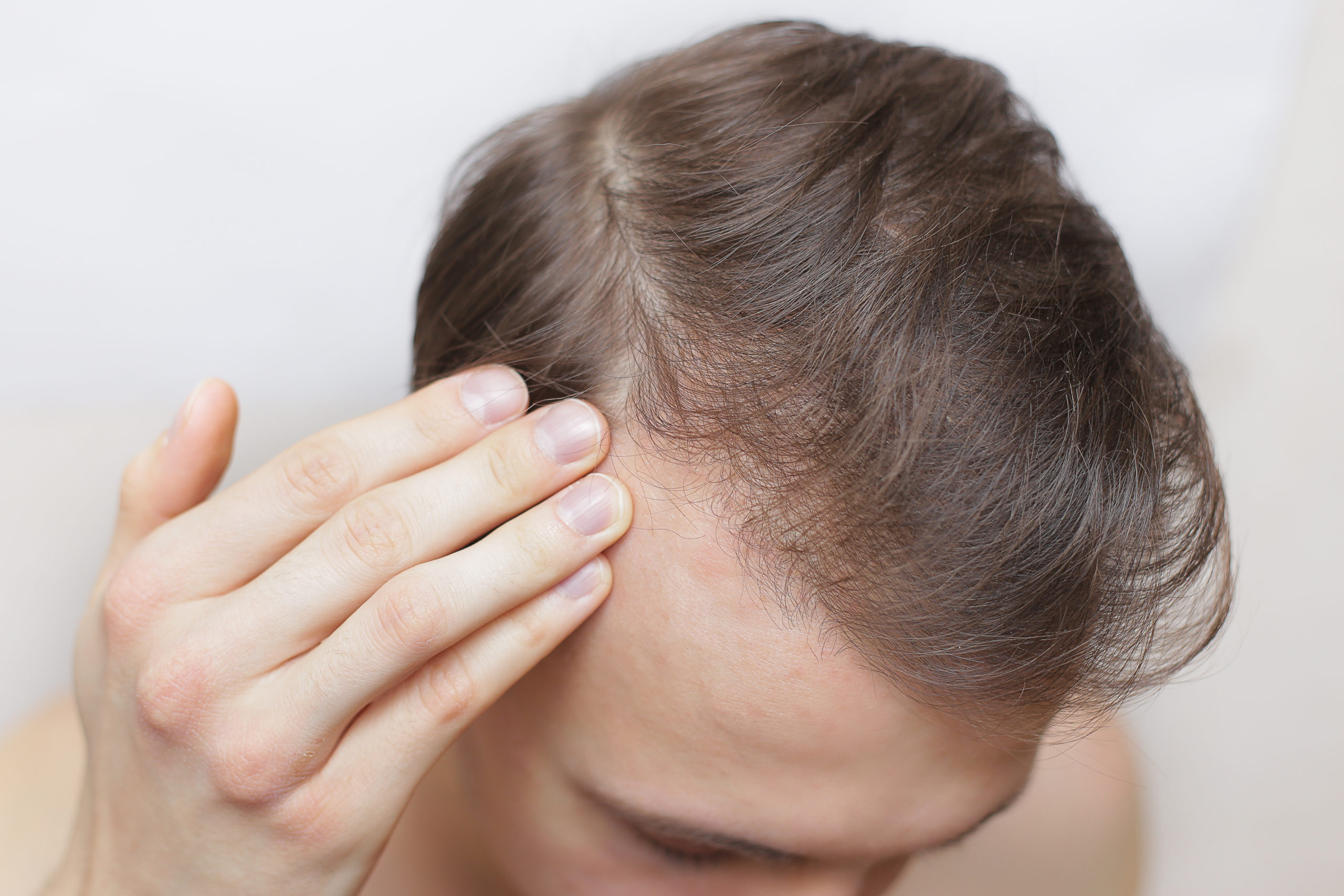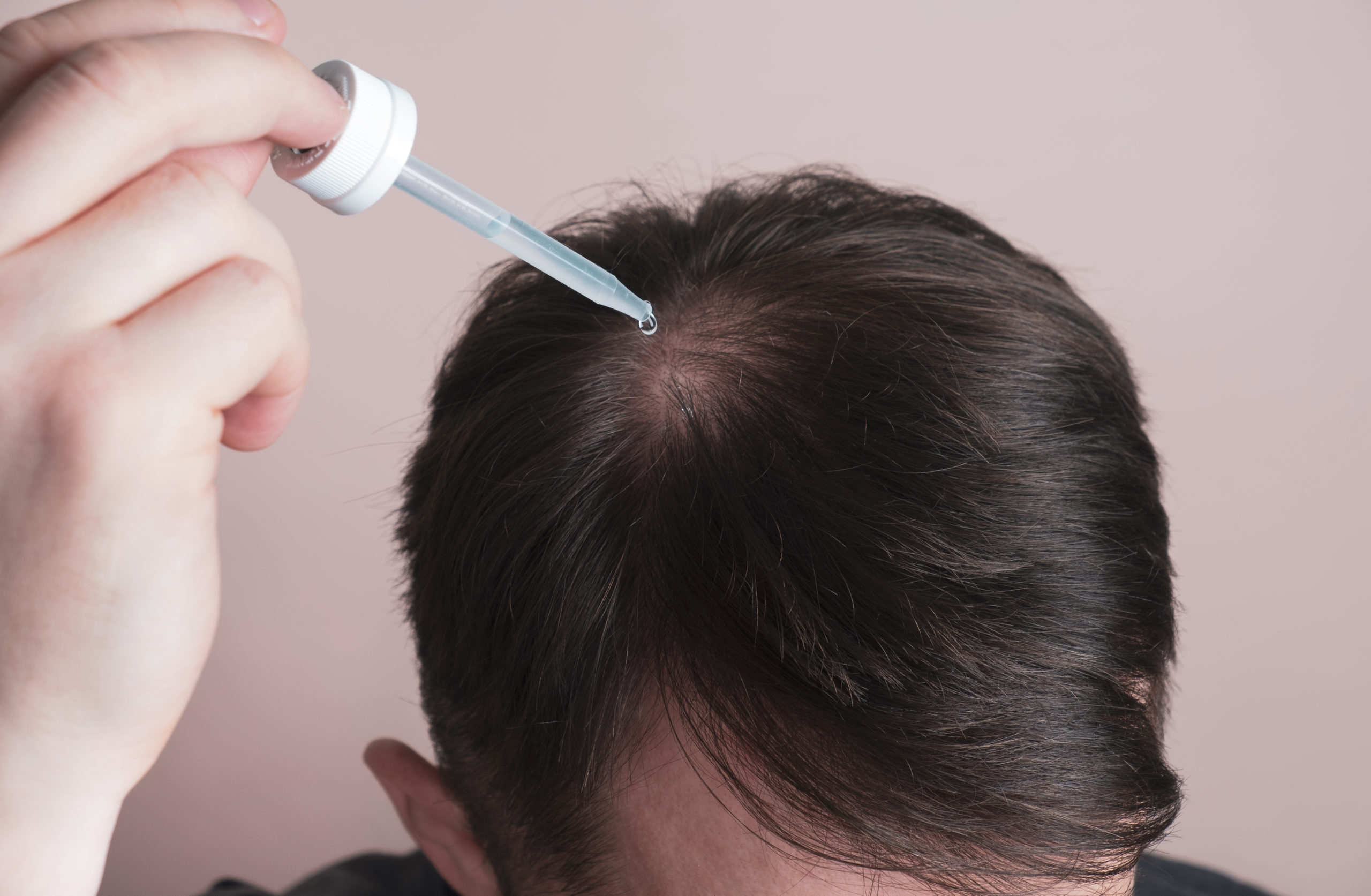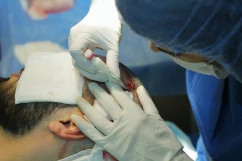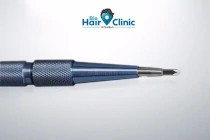Bald Spot Causes and BioHair Treatment
A Bald spot is a common phenomenon particularly in males over the age of 35. Whilst common, bald spots can affect a person’s self esteem and confidence, and BioHair technology is the latest in hair loss treatment with the aim to help you combat your bald spots and regrow hair.
Summary
- Bald Spots Types and Causes
- Traditional Treatments for Bald Spots
- BioHair DHI Treatment: The Latest Approach
- Conclusion
Bald Spots Types and Causes
Bald spots are a type of hair loss that is typically classified as one of two types, notably, alopecia universalis, which causes total baldness, and alopecia areata, which causes pattern baldness and patchy hair loss. Male pattern baldness in particular, is also incredibly common in causing bald spots and thinning hair.
Alopecia universalis or AU for short, is distinguished by complete hair loss on both the scalp and the body. Most people with AU have no other symptoms, but some may feel a burning or itching sensation.
AU’s exact cause is unknown. Alopecia universalis (AU) is a more advanced form of alopecia areata (AA), a condition that causes round bald patches of hair loss. The most widely accepted theory is that AA is an autoimmune disorder in which the immune system incorrectly attacks the hair follicles.
Sudden hair loss can occur on the scalp, brows, eyelashes, and face, as well as other parts of the body. It can also develop slowly and reoccur after years of inactivity.
It can be caused by heredity, hormonal changes, medical conditions, or it can be a normal part of ageing. Anyone can lose hair on their head, but men are more likely to do so.
Hair loss is classified as either temporary or permanent. Some types of hair loss, such as male and female pattern baldness, are permanent. This type of hair loss is usually hereditary.
Temporary Hair Loss
The types of hair loss that are labelled as temporary can be caused by several factors including but not limited to:
- Chemotherapy
- Drastic Weight fluctuations
- Iron deficiency
There are several factors that can cause hair to fall out and people lose hair for a number of reasons. The occurrence of bald spots can be influenced and determined by several factors, both environmental and genetic, including:
- A history of baldness amongst family members
- Nutrition and diet
- Stressful encounters
The American academy of dermatology states that genetics is the leading cause of hair loss for both sexes, according to Marc Avram, a New York dermatologist who specialises in the condition. The American Academy of Dermatology reports that 30 million women in the United States suffer from hereditary hair loss, compared with 50 million men, though Avram suspects the numbers are much higher for hair loss in connection to family history.
Traditional Treatments for Bald Spots
Bald spots are officially a medical condition that can be treated but efficacy rates fluctuate depending on the type of treatment.
Over the last decade, FUE hair transplant surgery has grown in popularity. Unlike the traditional FUT (or Follicular Unit Transplantation) technique, which involves removing a strip of skin to harvest the grafts, FUE extracts the grafts directly from the scalp. As a result, FUE leaves no visible scarring and produces natural-looking results.
Contact immunotherapy, also known as topical immunotherapy, aims to alter your immune system so that it no longer attacks your hair follicles. For more than 30 years, this treatment has been used to treat widespread alopecia areata. It was discovered that approximately 60% to 70% of patients have some hair regrowth.
Over the Counter Treatments
The main medically reviewed over the counter treatments for male pattern baldness are finasteride and minoxidil but they both have side effects. Female pattern baldness can also be treated with topical minoxidil. Finasteride should not be used by women.
However these treatments:
- Do not work for everyone
- Only work for the duration of the treatment
- Can take a financial toll
Results, if they occur, are slow to appear because it takes more than a year for new hair to grow to a noticeable length. And if it grows, it will fall out again if a patient discontinues the treatment — unlike with a hair transplant, which is a permanent solution although it may not be suitable for everyone.
When the hair grows back, it is possible that it will fall out again. The extent of hair loss and regrowth varies by individual. There is no cure for alopecia areata at the moment. However, there are treatments that can help hair grow back faster and prevent future hair loss, as well as unique ways to conceal hair loss.
For those who are suffering from the psychological impacts of hair loss there are support groups you can join to deal with the emotional impact.
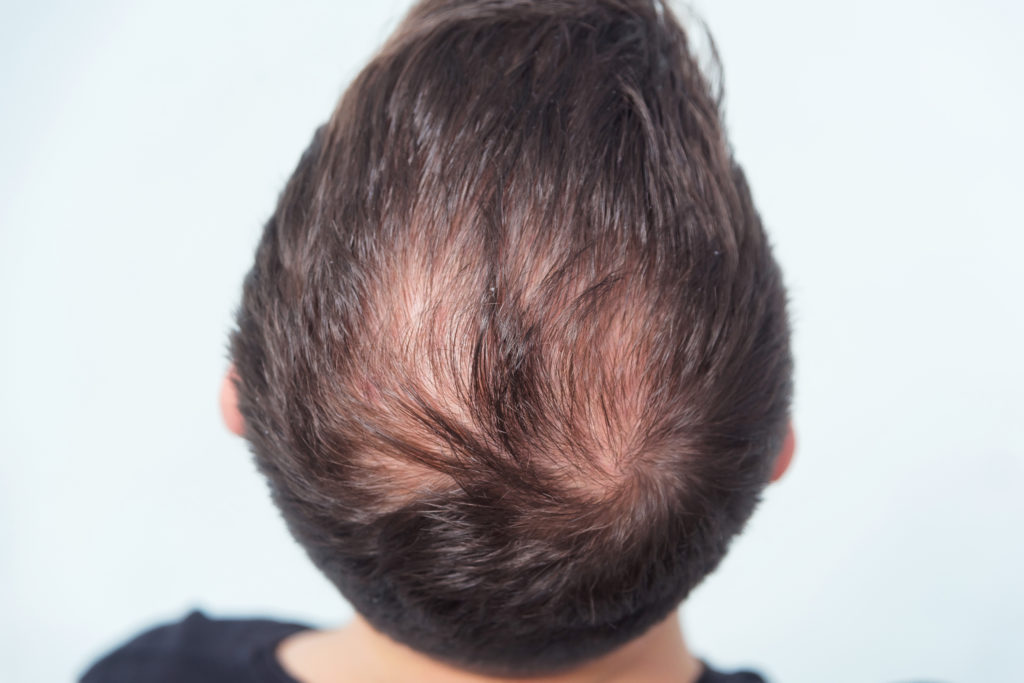
BioHair DHI Treatment: The Latest Approach
DHI is the latest in innovative bald spot transplant technology.
Whilst we know that no treatment is 100% effective, BioHair DHI has an efficacy of 90-95% which is a relatively high success rate of hair growth.
DHI, or direct hair implantation, is a hair transplantation technique in which hair is transplanted directly without the need for opening a separate hair canal. The most significant difference in this procedure is the use of a special tool known as a Choi pen. Grafts from the donor area are placed in this special pen before being implanted into the bald area.
The most advanced hair transplantation technique is DHI. In DHI, hair follicles are extracted one by one from the donor area using a very fine extractor with a diameter of 1mm or less. The hair is then implanted directly on the treatment area with a single-use implanter.
- There is no major surgery involved so it’s minimally invasive
- No cuts or scars to worry about
- Hair growth can be expected
The procedure involves several steps:
- Your surgeon will shave your head and numb it with local anaesthesia.
- The surgeon will use a fine-tipped tool to extract hair follicles from the back of your head.
- The hair follicles will be implanted into the balding area of your scalp using a pen-shaped tool.
- The surgeon will apply an antibiotic cream and a bandage to all affected areas.
Conclusion
There are several existing treatments on the market and a definite cure does not exist. However the advancements in medical science and technology has allowed for an innovative practical solution. This utilises the latest surgical implements and procedures to allow for more successful outcomes. Although there is no cure for male hair loss, the proper treatment can help to prevent further hair loss and stimulate regrowth with cutting edge technology.
